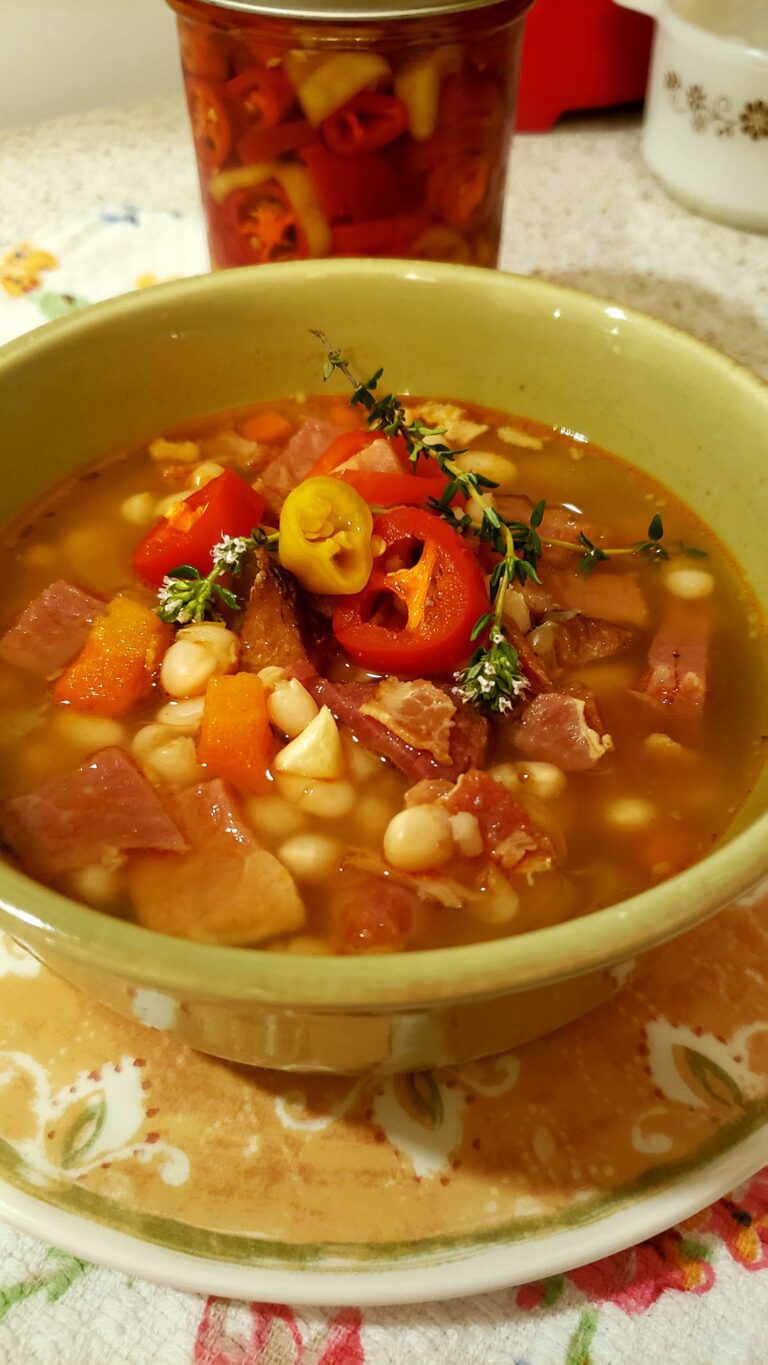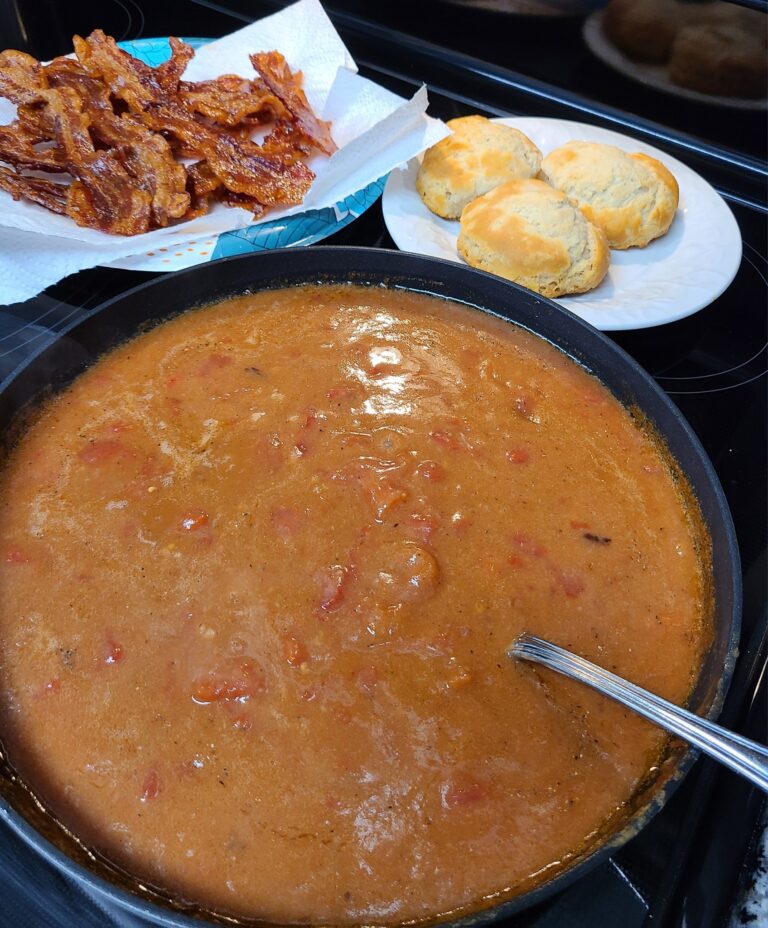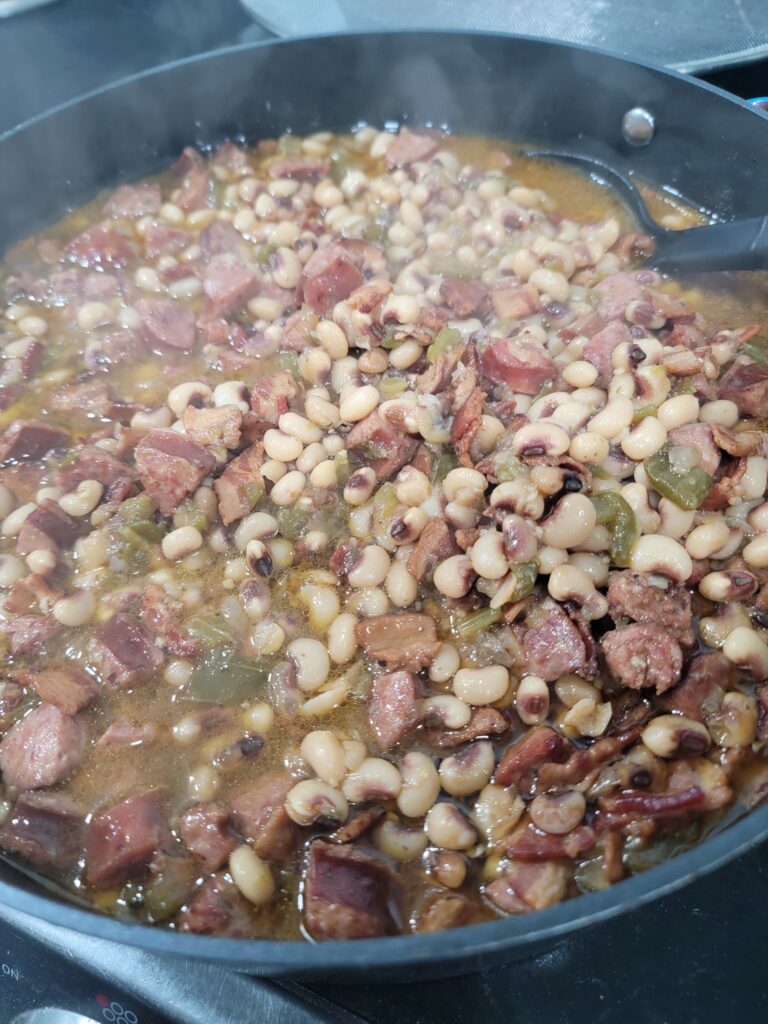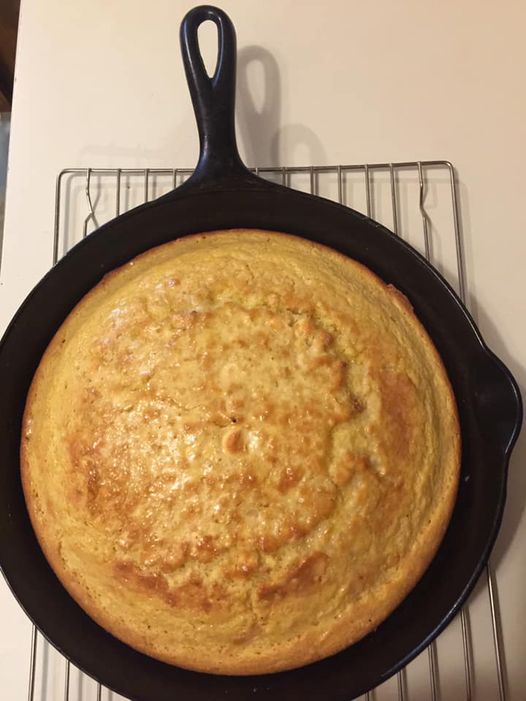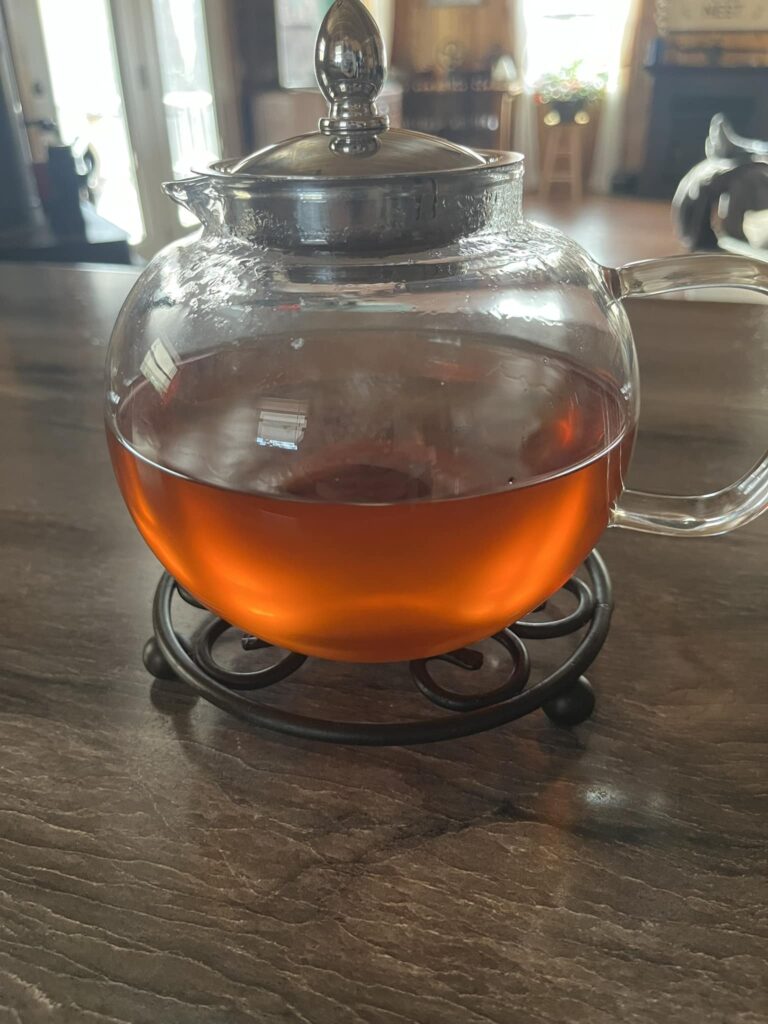How to Render Tallow in a Pressure Cooker (Easy & Efficient Method!)
Rendering tallow at home is a great way to create a high-quality cooking fat that’s perfect for frying, baking, and even skincare. If you love frying chicken, making homemade tallow can take your dishes to the next level. Over the years, I’ve tried every method imaginable—wet, dry, slow, fast, overnight, in a crockpot, oven, and even on a smoker. But after all that experimenting, this pressure cooker method remains my favorite.
Why Make Tallow at Home?
Tallow is a nutrient-dense fat that has been used in traditional cooking for centuries. It has a high smoke point, making it excellent for frying. Plus, rendering it yourself ensures a pure, high-quality product without additives or preservatives.
What You’ll Need
- Beef suet (preferably kidney leaf suet for the best tallow)
- Pressure cooker
- 1-2 cups of water
- 1 tablespoon of salt (optional, but helps pull out impurities)
- Loaf pans lined with parchment paper (for easy storage)
- Strainer
Step-by-Step Instructions
1. Grind the Beef Suet
Grind the suet before rendering to speed up the process and ensure an even melt. If you don’t have a meat grinder, chopping it into small pieces works too.
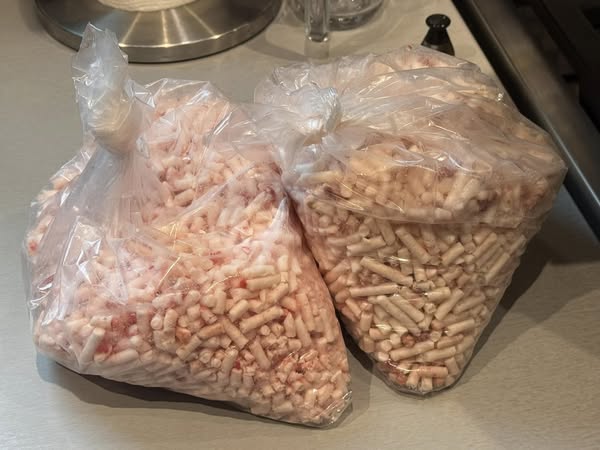
2. Add Suet to the Pressure Cooker
Place the suet in the pressure cooker and add 1-2 cups of water to prevent burning. If using salt, add it now to help draw out impurities.
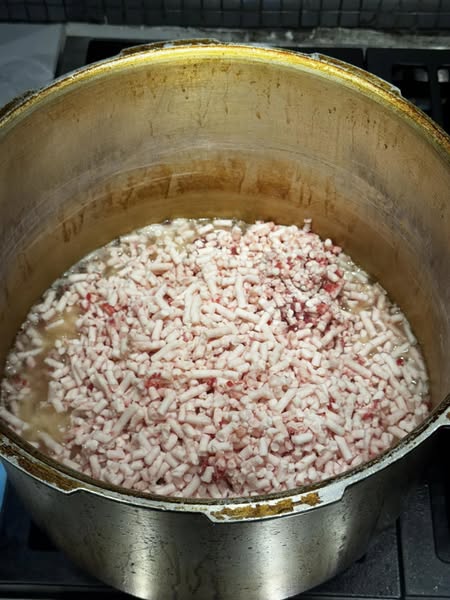
3. Pressure Cook for 15-20 Minutes
Set your pressure cooker to 15 lbs of pressure and cook on medium-low heat for 15-20 minutes. This ensures a slow, even rendering process without scorching the fat.
4. Strain and Separate the Tallow
Once cooked, strain the liquid fat into loaf pans lined with parchment paper. This makes it easy to store and use later. Let it cool until the tallow solidifies. The water and impurities will settle at the bottom.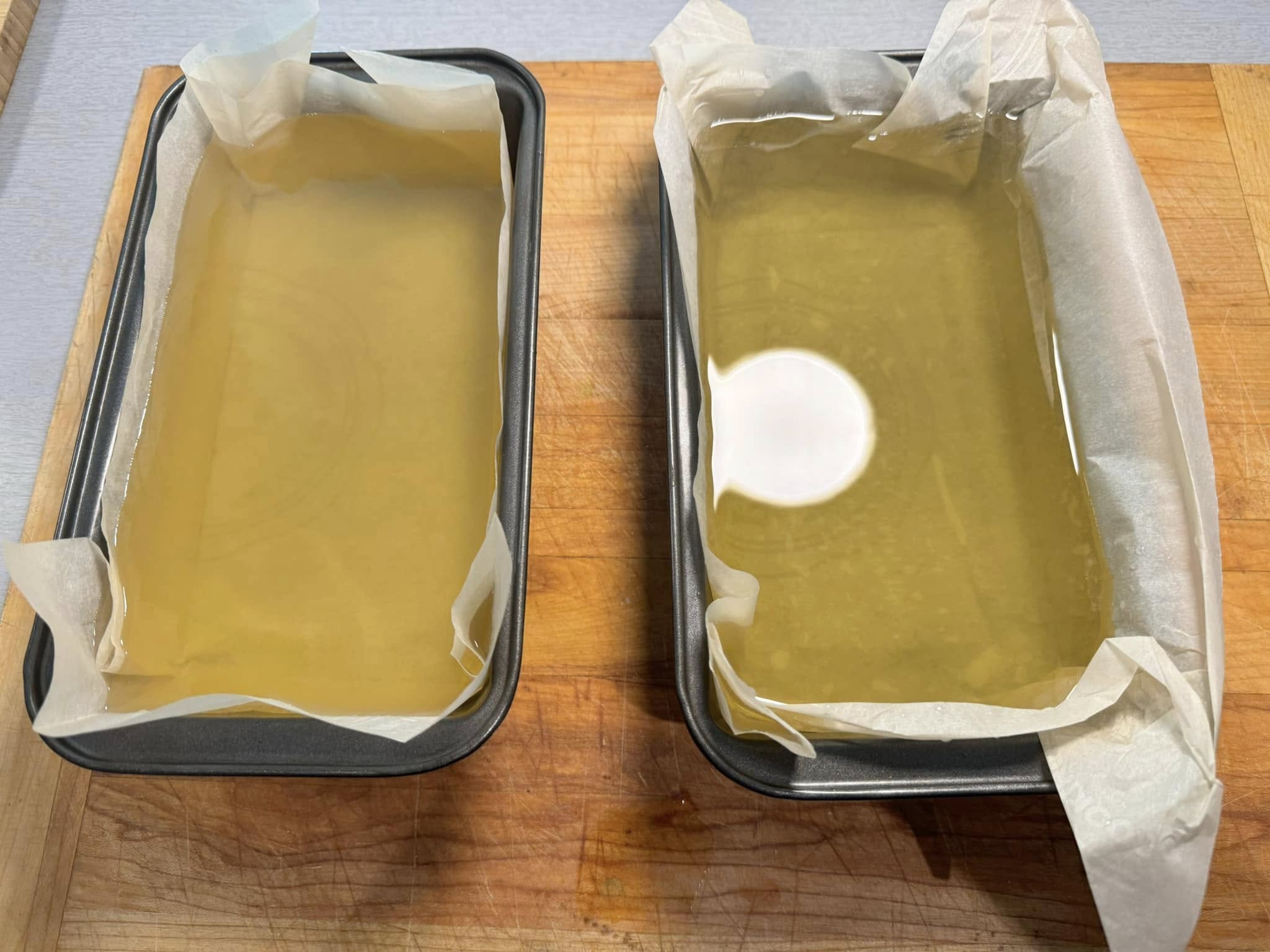
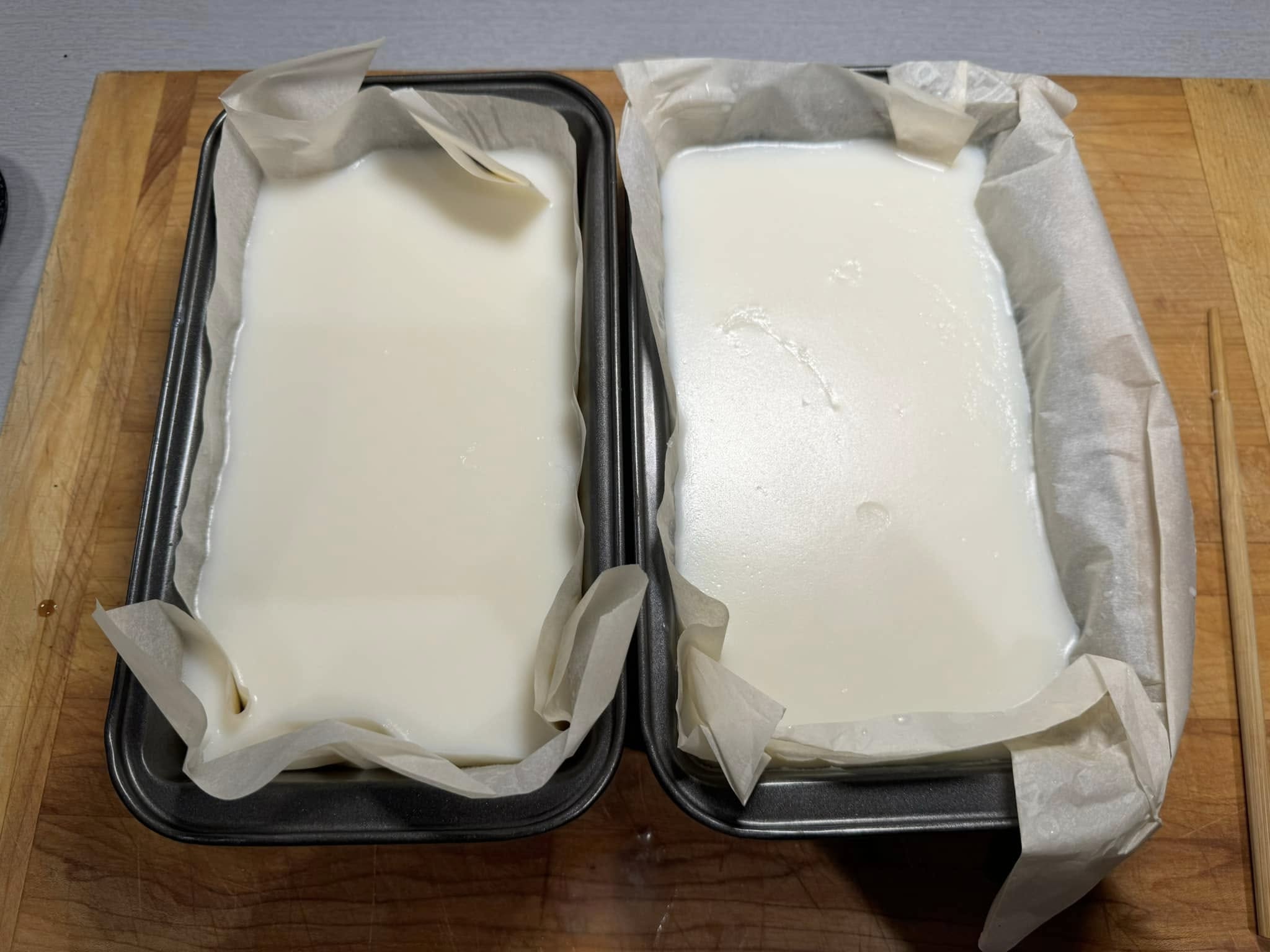
5. Let the Tallow Cool and Store It
Once fully cooled, pop the solidified tallow out of the loaf pans and store it in airtight containers. You now have homemade tallow, ready for frying and cooking!
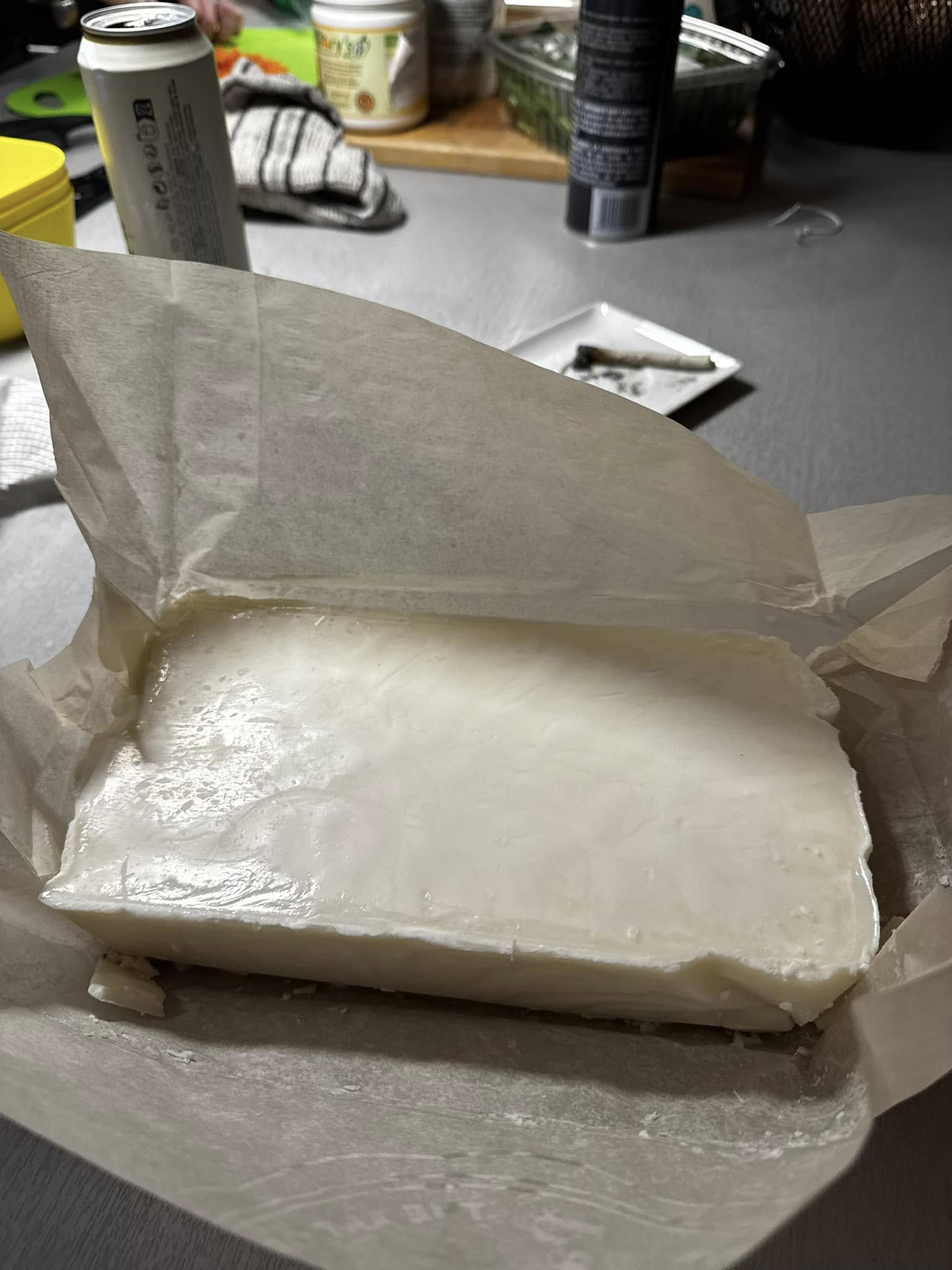
Tips for the Best Homemade Tallow
- Kidney (leaf) suet makes tallow, while all other beef fat makes drippings.
- Less heat results in a more neutral flavor, while more heat gives it a beefier taste.
- Water prevents the fat from burning during the rendering process.
- Salt helps pull impurities to the bottom, making the tallow cleaner.
Uses for Tallow
- Cooking & Frying: Perfect for frying chicken, making crispy potatoes, or seasoning cast iron.
- Baking: Works as a butter substitute in biscuits and pie crusts.
- Skincare: Great for homemade balms and moisturizers.
- Candle & Soap Making: A traditional ingredient in many DIY projects.
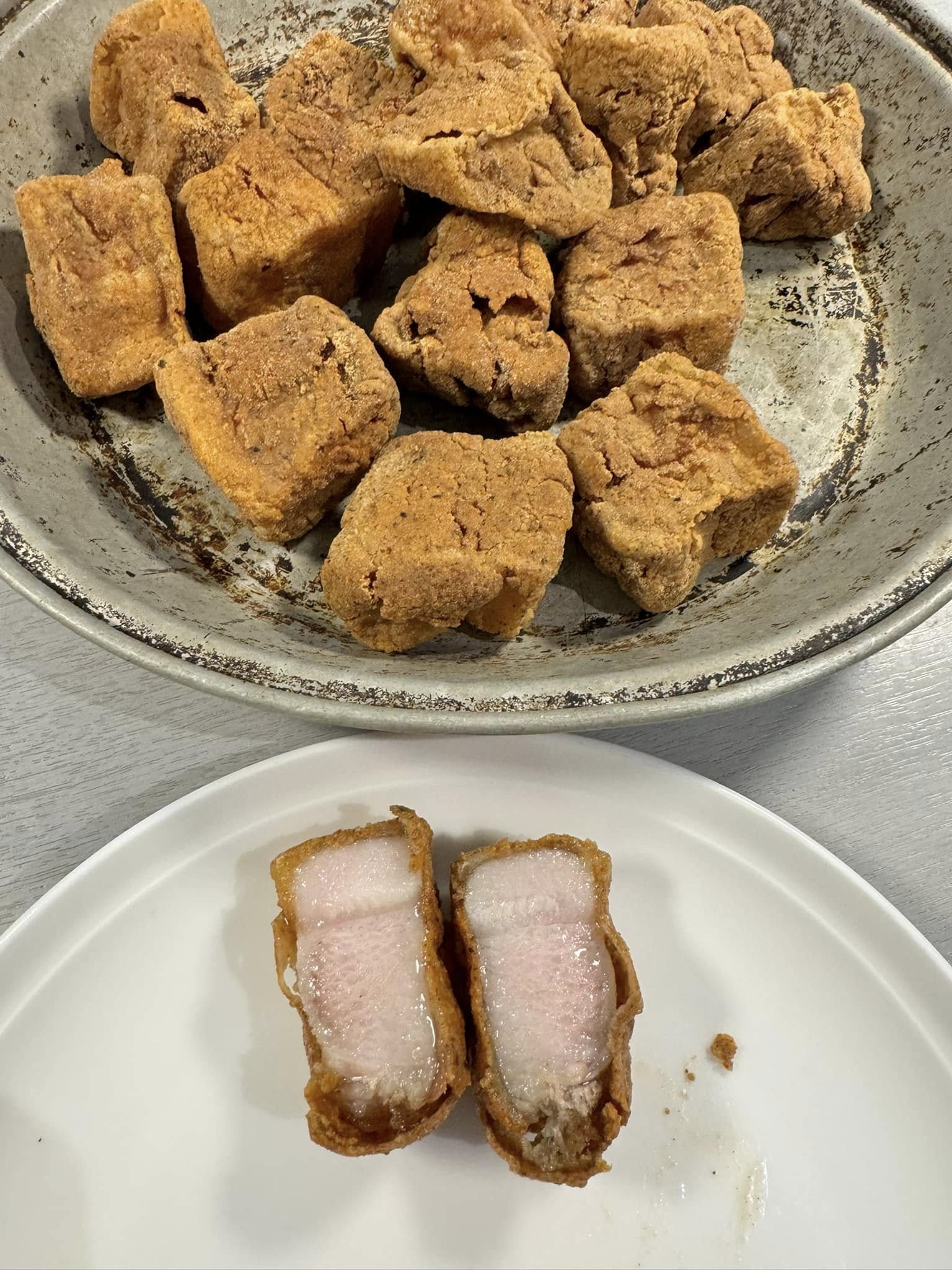
Final Thoughts
Rendering tallow at home is easy, cost-effective, and ensures you’re getting a pure, high-quality cooking fat. Whether you’re frying chicken, making biscuits, or just looking for a traditional cooking fat, homemade tallow is a fantastic addition to any kitchen.
Have you ever made tallow? Let me know your favorite method in the comments!

